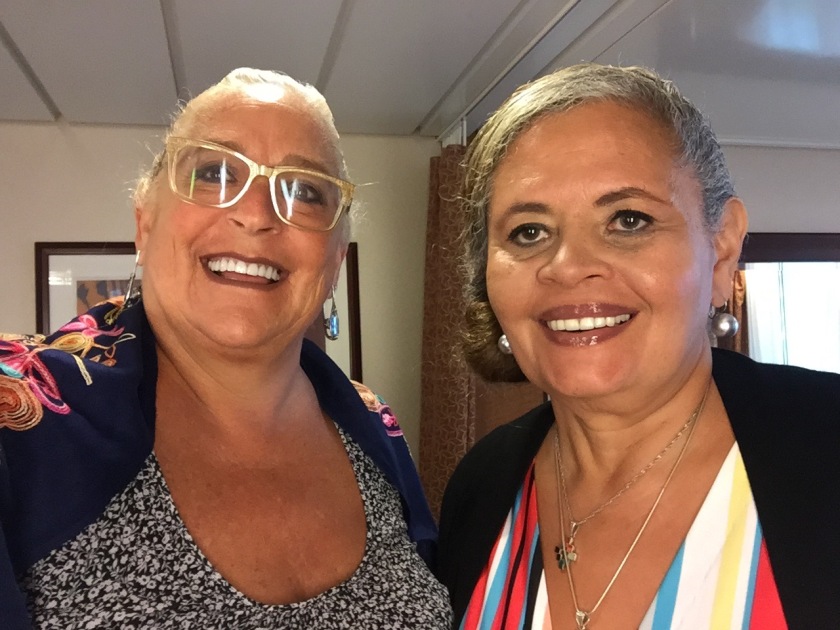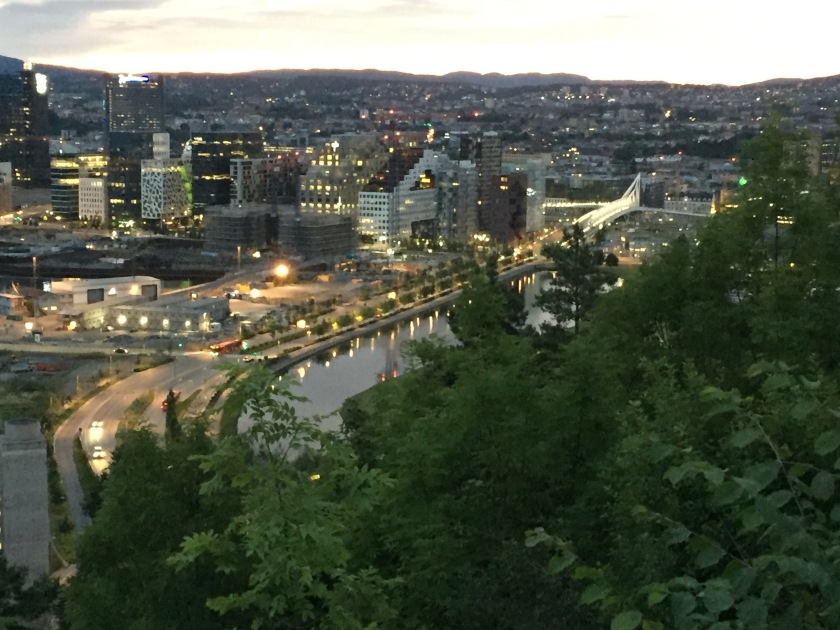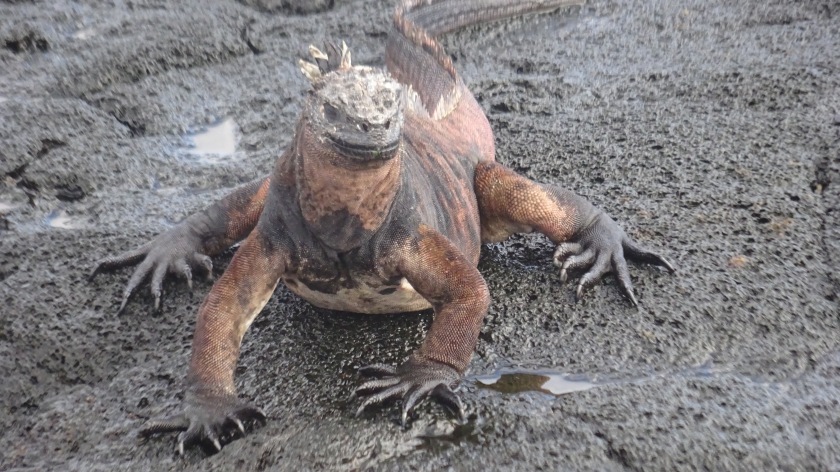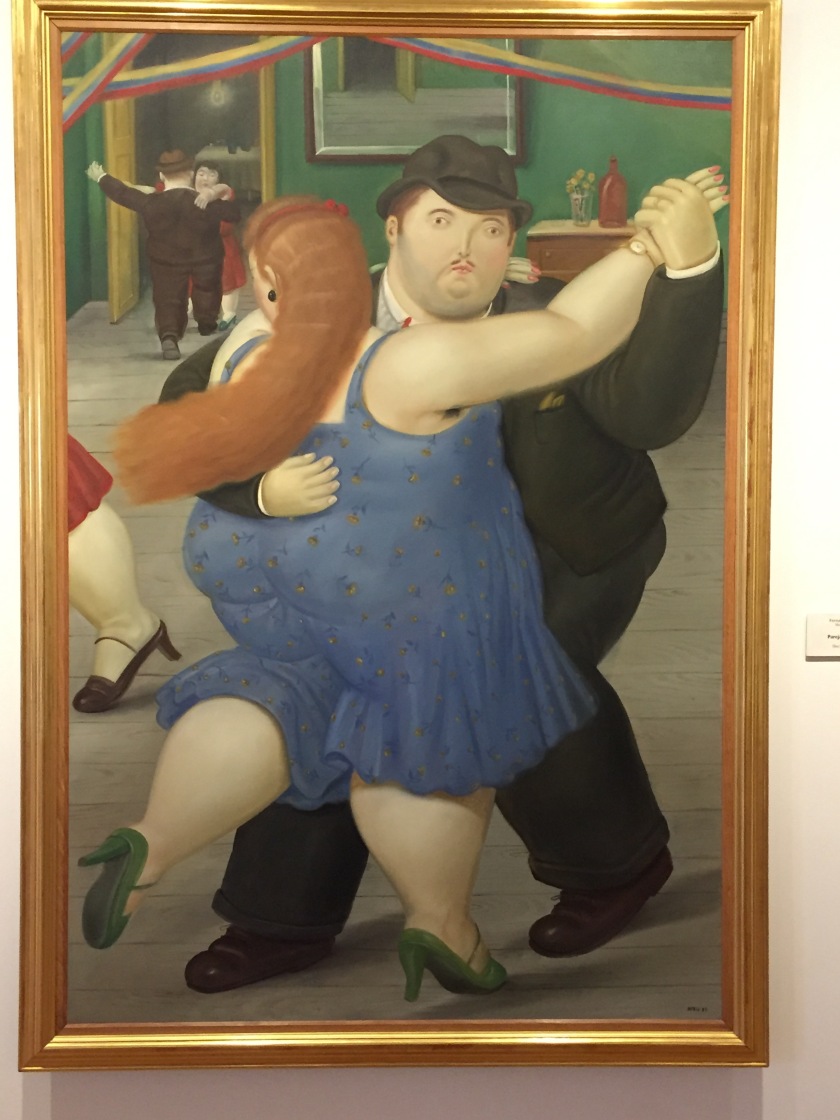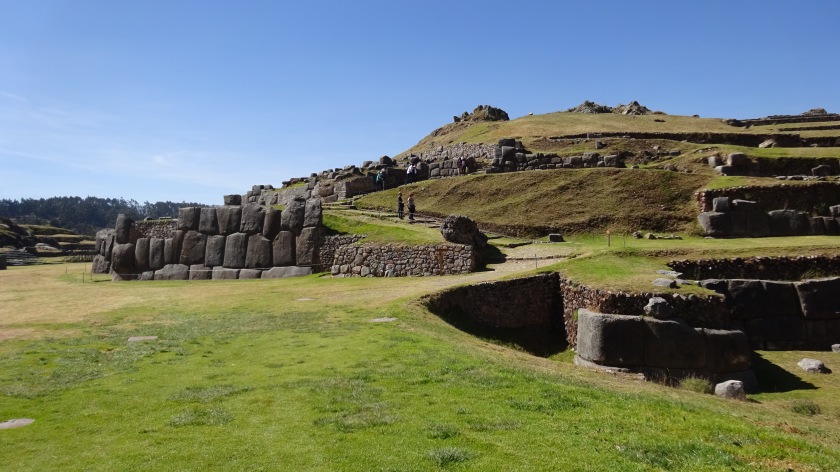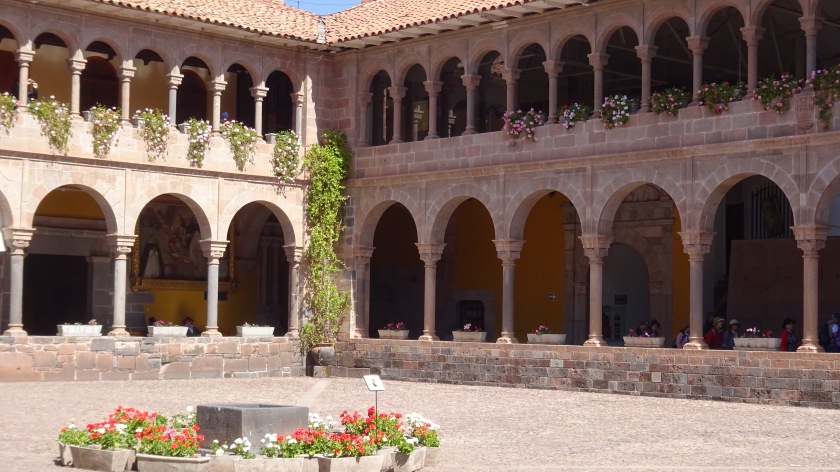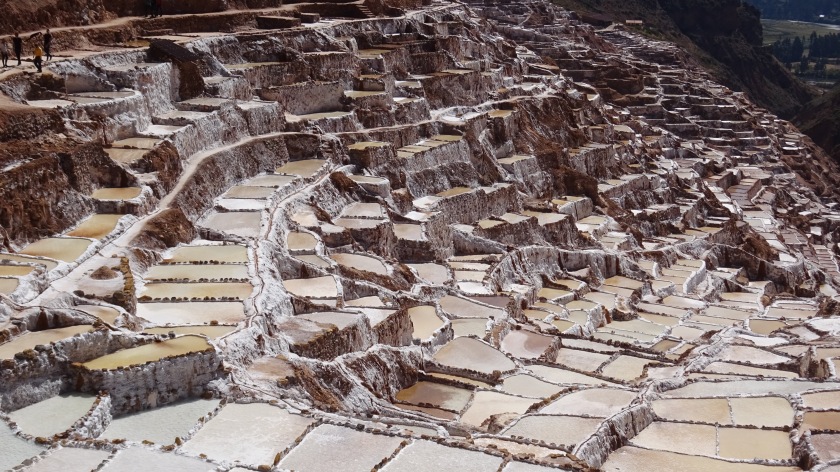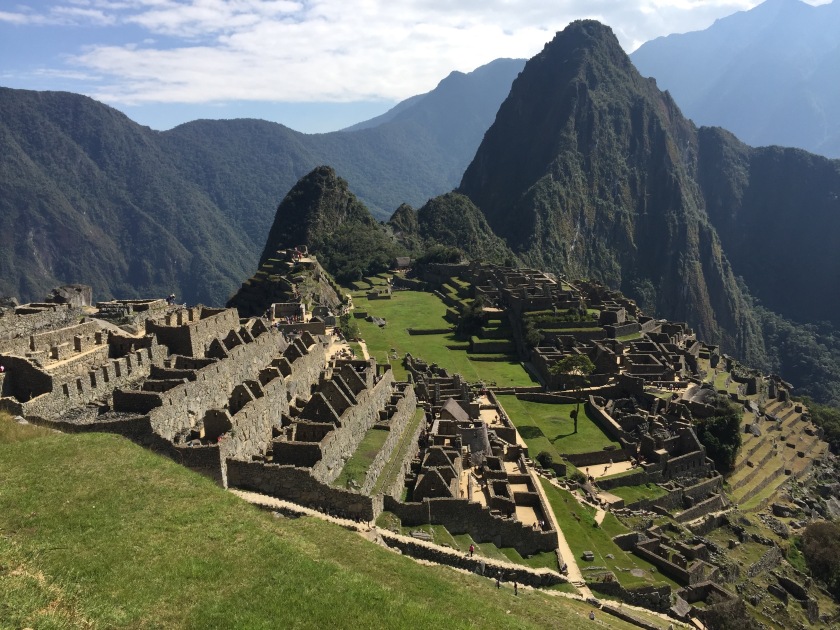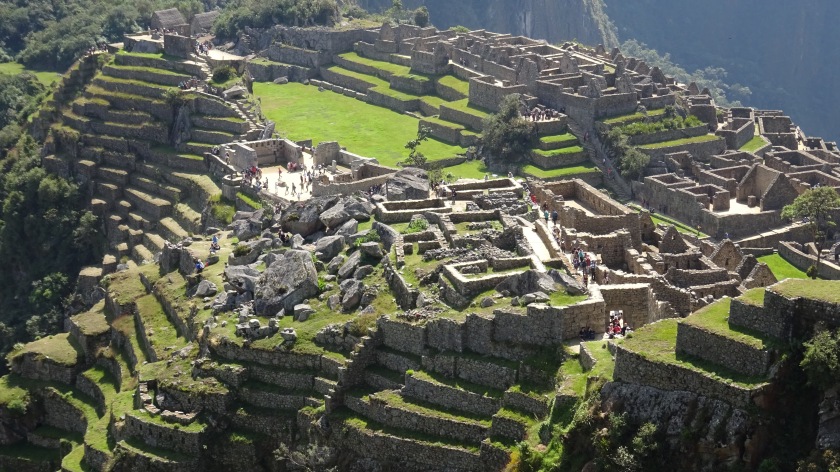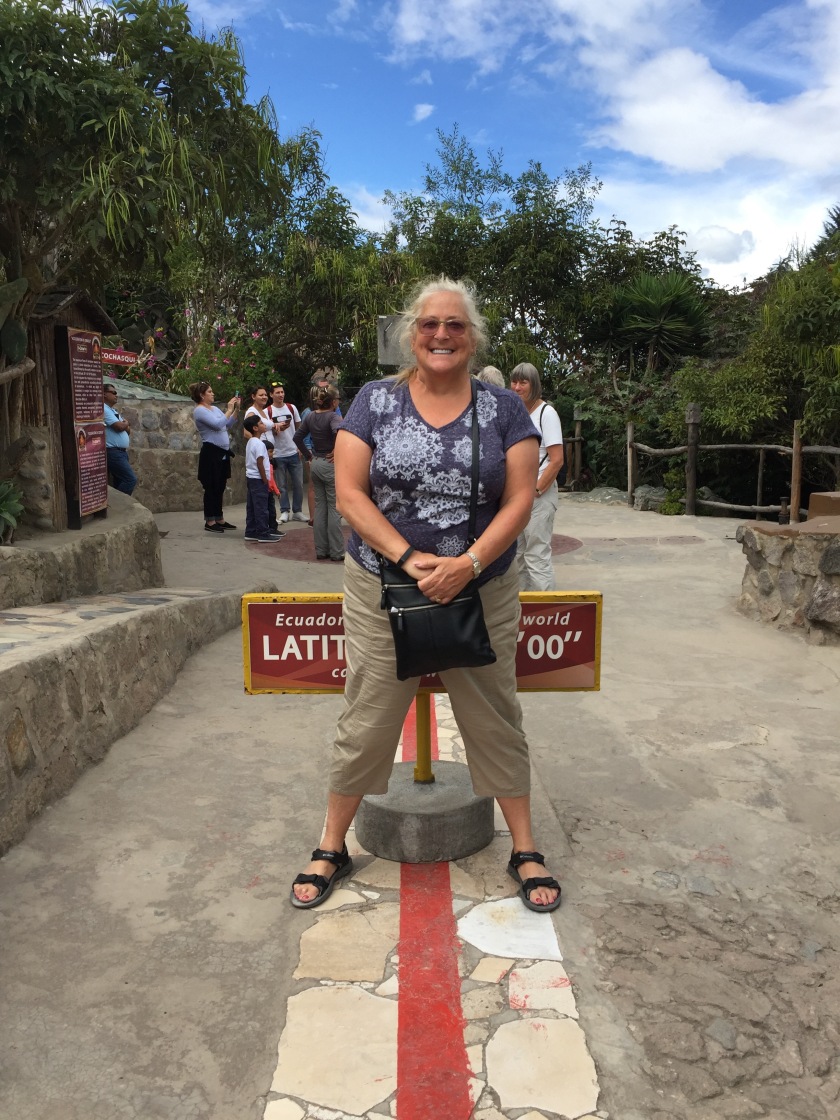This is part 2 of 2 featuring the great cities of Eastern Europe. Sorry for the long delay in getting this done!
PRAGUE:
As I reflect on Prague, I can only smile at the surprises of its transcendent beauty and the great energy of the city. I also smile because I shared this part of the trip with a dear friend…our first time traveling away together…and it was joyful every moment. Even the “whineage”.

I covered a lot of ground with my active and fit friend and we toured the entire city, a couple of times, actually. First, we went out as princesses in an open car private tour of the city’s highlights. At the end we discovered The Charles Bridge, and we enjoyed the many vendors as we walked over bridge. And then we took a short boat ride on the river, to enjoy the incredible scenery and architecture from yet another angle. As we walked back to our hotel, we came upon a wall of graffiti, known as the John Lennon tribute wall. Street musicians enhanced the experience.
We had dinner up at the monastery which is at the Prague castle, high atop the city. The views from there were spectacular. We climbed that hill and toured the castle by day on two other occasions, going into the church, cathedral and palace that are there in this medieval town within a town that dates back to the 9th century. We timed our visit to the cathedral in the late afternoon and caught some incredible lighting on the pillars reflecting through the stained glass. The main square is where you find the Astronomical Clock, which is quirky and fun, and currently under renovation.

We also toured Jewish Prague. We were able to go inside the oldest active synagogue in Europe. There were several other synagogues and a Jewish cemetery in the neighborhood.
Prague is GORGEOUS. It was spared the Nazi bombings. The Czech government did not resist, and capitulated to the Nazi surge rather than get bombed to pieces. Hitler liked Prague, and wanted to save it for himself. Today the Czech Republic is thriving…10million people live there, 1.2million in Prague. And they host 12M tourists a year. It’s not hard to see why.
VIENNA:
We lucked into a comfortable private car transfer for the 3+ hour drive from Prague to Vienna. They pronounce it more like “Vyenna”…in a very romantic and passionate way. The first settlements in Vienna go back to 800BC, but 1/3 of the city was destroyed in WWII, so it far less grand and intimidating than I’d expected, and much more modern and gracious.
We toured the whole city by bus, and also visited the magnificent St. Stephen’s Cathedral and the Schonnbrunn Palace. The Habsburg family ruled from the 14th Century till the 1600s. I later learned that there was an Austral-Hungarian alliance during these years, as the Habsburgs also have a history in Hungary and the former Czechoslavakia. They were patrons of the arts and sciences, and this beautiful rococo palace still remains.
Vienna is best known for their musicians: Strauss, Bach, Beethoven, Mozart, to name a few. Beethoven is said to have lived in 80 different apartments in the city…and that he was a terrible tenant who never paid rent on time and played his music loud and late into the night!
We enjoyed an evening at the symphony, with some opera and ballet performances…clearly a very Viennese thing to do. We also enjoyed eating schnitzel, spaetzle and gorgeous pastries and shopping for crystals at the Swarovsky mother ship.

BUCHAREST:
The land of Dracula—spires and gabled rooflines. The city had an eerie feel to it, befitting the legend. At dusk each night, screeching black crows by the thousands flock to their trees for the night. I was also treated to a wonderful thunder and lightning storm that added to the ambience of my experience.

Romania keeps the “east” in Eastern Europe. It is clearly the bastard stepchild of the EU. You can feel that they are struggling here. Many stately old buildings have crumbling facades or are covered in graffiti.

The words “Roma” (my mother’s name) and “Romani” mean “gypsy”…and I thought there could be a possible ancestral link for me. They even have a Museum of Peasants! It is a city with many parks full of people, activities and events. You can feel that they are trying. There is an enormous palace that was built under communism by Caucescu as a symbol of opulence; and it now serves as the Parlaiment, and is the second-largest government building in the world, surpassed only by the Pentagon.
I took my usual HopOn-HopOff bus tour of the city. I also did a bike ride and saw many interesting sites. I fell upon the old section where there were ancient churches and old cobblestone streets going back to the 10th Century.
BUDAPEST:
Budapest has a long history of monarchy, nobility, occupation, war and destruction that has left it lacking in a real unique culture. And yet, it is an awesome city! 80% of Budapest was destroyed in WWII and has since been rebuilt, along with all 8 bridges that cross the Danube that had been blown up. They say that 70k Jews survived the holocaust in the Budapest ghetto, and interestingly, make no mention of how many died. There is a compelling memorial to those who were killed during the holocaust…”Shoes On The Danube”…which is extremely powerful.
In 1989, Hungary became independent of communism/socialism, and they seem to be a thriving member of the European Union. It’s interesting to me that our point of reference for these post-WW2, former communist countries, is really not an accurate depiction in the larger picture of their history. Most of these countries, in fact, have histories that are very European with monarchy-based governance.
The “Buda” side of the Danube is the hilly side of the river, atop which sits the old city castles, bastions and fortresses. It is truly a city within a city, although from down in “Pest” it looks like just a castle on the hilltop. A walkabout up there took me to some of the oldest structures in Europe, including a synagogue dating back to 500AD!
The “Pest” side of the city is a bit more modern and has a lot of energy and charm. The HopOn-HopOff tour also included a nighttime version, which was extra lovely, to see the city all lit up at night. They also offer a mellow ride on the Danube for yet another perspective of the city. There are many beautiful buildings and landmarks to enjoy.
There’s a St. Stephen’s Cathedral here as well…same as in Prague and equally beautiful. The massive Parliament building, the indoor market, and the dramatic Chain Bridge. I also went to the Grand Chorale Synagogue with a magnificent holocaust remembrance garden. It’s one of several synagogues that still actively exist in Budapest, and surely one of the most grand in all of Europe.
Unfortunately, I struggled with a nasty head cold throughout my time here, which zapped my energy, but not my enthusiasm for this magnificent, interesting, unique city.






































































































































